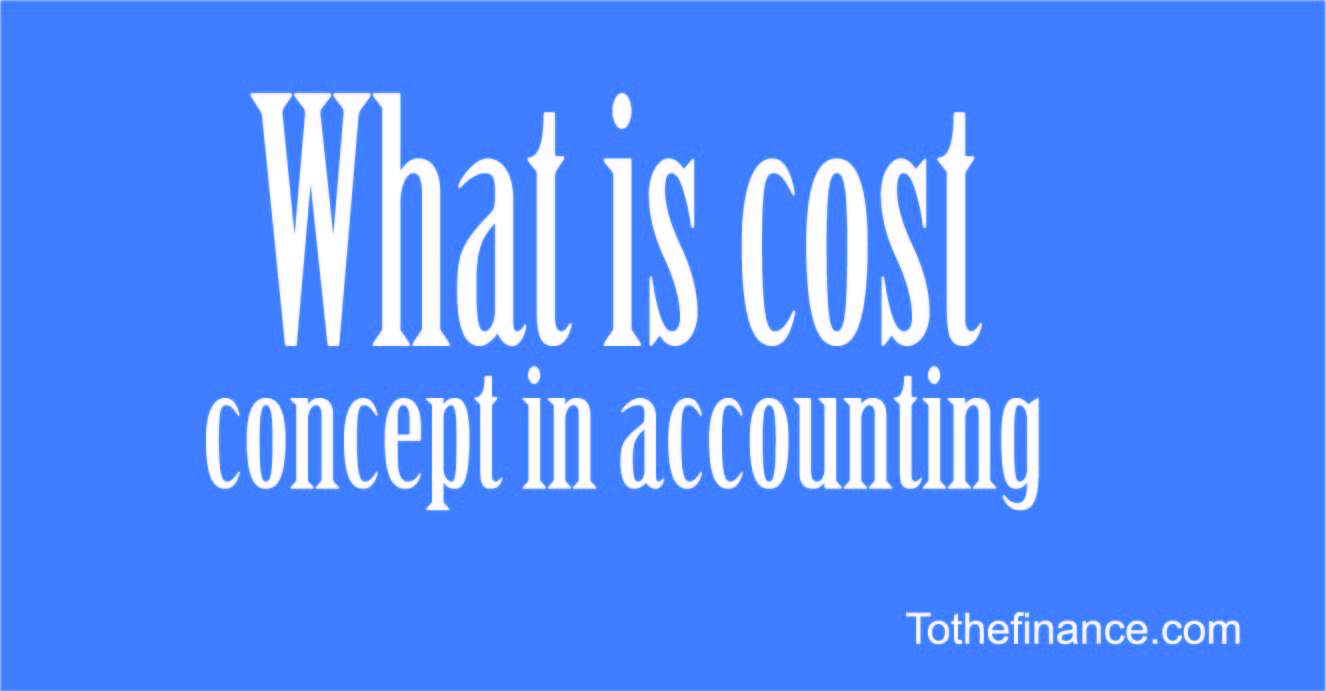Cost concept of accounting records assets at their respective cash values at the time of acquisition or purchase.
The recorded value of the assets cannot be increased to account for increases in market value, inflation, or depreciation, nor can it be decreased to account for any depreciation.
The cost idea is a theory of accounting states that the value of an asset is defined by its historical cost or acquisition cost. For example, a financial statement for 2022 will present an asset that was purchased for $25,000 in 2012.
How would you explain the cos concept?
This concept proposes that the “historical cost” or “acquisition cost” of an object should be used to establish its worth rather than any other single factor. Although there are several other reasons for measurement, accountants often choose this one due to its impartiality.
Example of cost concept of accounting
According to this idea, the cost of an item at the time of acquisition or its historical cost should be used to establish whether or not it is worth purchasing.
Consider a corporation that pays $200,000 in cash or by the bank for a building. Using the cost approach of accounting, the building’s value will be entered in the accounting records as $2, 00,000.
After 4 years, the valuation of the property has increased to one million dollars. If the cost method is used for accounting, the building’s worth will continue to be represented in the books as the original cost of $200,000, less any depreciation that has accumulated.
It is possible to confirm the pricing from the past. It is a representation of the price that the buyer and the seller have mutually agreed upon. As a result, the primary purpose of the cost concept is to provide an accurate and reliable method for measuring the profits and losses of an organization over time.
Why is the cost concept so important?
The balance sheet of a corporation consistently depicts historical expenses in the same manner. It is reliable since it does not alter. This is essential because a balance sheet gives a reliable portrayal of a company’s assets to everyone who examines it.
- Ensuring the consistency of your financial statements from one accounting period to the next is facilitated by using the historical cost concept. The relevance of this procedure is increased when it is communicated to other stakeholders, such as investors and lenders, who have access to the balance sheet.
- If all assets are administered following the cost principle, then the business financial statements will be reliable and independent of changes in fair value.
- Using the historical cost principle makes it straightforward to compare the values of diverse assets. This consideration is vital while selecting assets.
- Since the information on the balance sheet is backed by records, it is also easy to verify earlier expenses.
Final Thought
The cost concept is a fundamental accounting theory that states that an asset should be documented using the monetary amounts that it had at the time of acquisition or purchase. The asset’s recorded value cannot be updated to reflect rises in inflation or market value, nor can it be changed to account for any depreciation that may have occurred. Neither of these things is possible.
